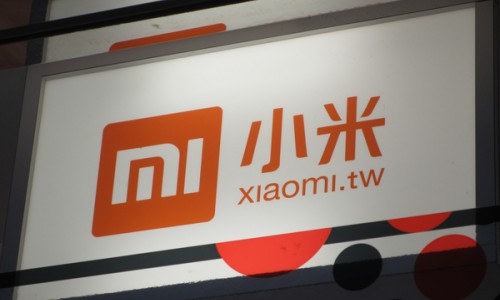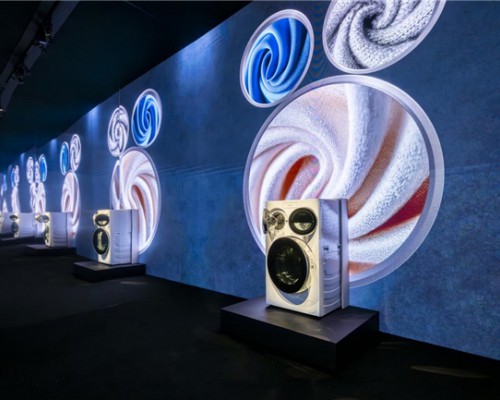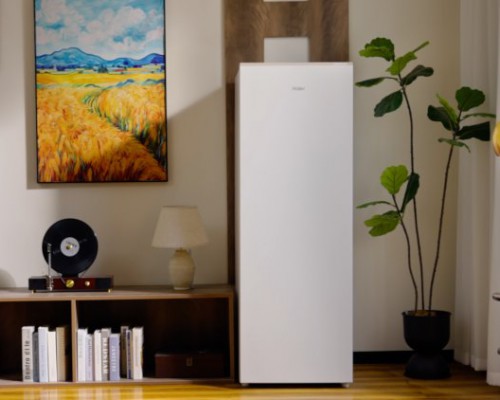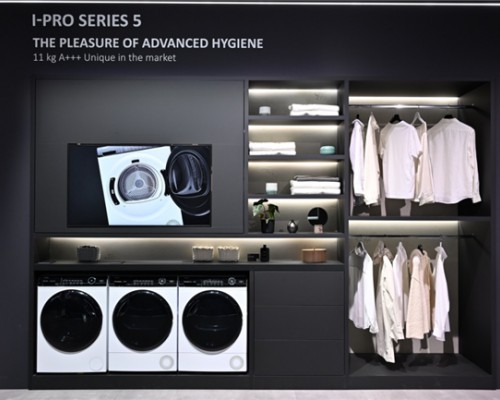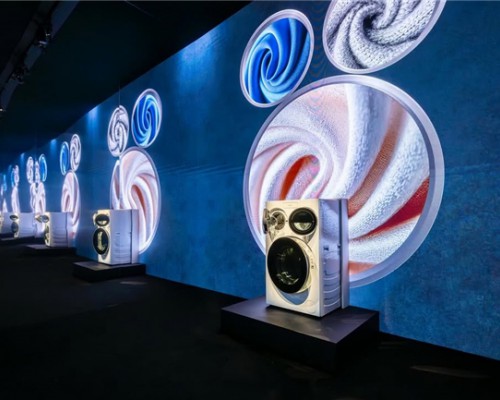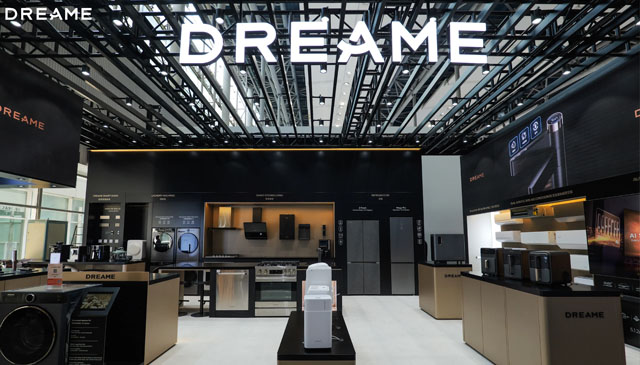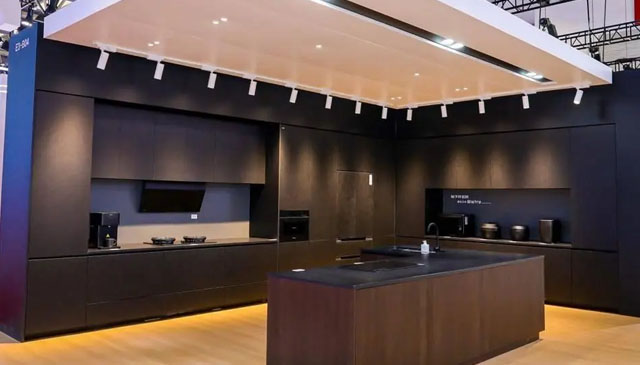睡意侵袭SleepAttackTD
Yuexuan Li Kun Wang Qiankun Sheng Xin Huang
摘 要:Internet of Things (IoT) often utilizes numerous low power sensor nodes to monitor physical surroundings. Owing to replaceable batteries as the power supply, an IoT system is under threats from Denial of Sleep (DoSL) attacks which prevent the sensor nodes from routine sleep to exhaust the battery rapidly. As a result, the devices shut down and fail to meet the basic requirement of operating for years. This paper evaluates the performance of DoSL attacks with 3 various sleep ratios on a nRF communication based IoT system. A mathematic model is proposed for the performance analysis compared with the attack experiment results.
關键词:IoT; DoSL attack; Wireless Sensor Networks(WSN)
I. INTRODUCTION
The Internet of Things (IoT) system is vulnerable to Denial of Sleep (DoSL) attack because sensor nodes are powered by replaceable batteries and are programmed to obey sleep routines for saving energy and extending the sensor lifespan. DoSL may force the nodes awake for a severe power consumption, causing battery exhaustion and definitively shutdown [1].
In this paper, the effects of DoSL attack will be evaluated in terms of sleep ratio by testing on a wireless sensor network IoT system based on nRF communication module. A mathematic model is employed to estimate power consumption as a theoretical battery drain analysis. The theoretical and experimental measurement results will be displayed in charts to reveal the association between sleep ratios and DoSL attack effects.
II.POWER DRAIN ANALYSIS
According to Raymond, et al. [2], DoSL attacks can be modeled by using the basic average of the power drain during different operating states of the nodes.
Cbat(t) = Cbat t=0 - Rs Ps +(1 - Rs)Pa (1)
Cbat t=0 is battery capacity at time t=0. Rs represents sleep ratio. Ps is the power at sleep state and Pa is that at active state. The theoretical remaining battery capacity can be calculated based on the equation (1). The experimental one will be measured by equation (2).
C(t)=Cbat t=0-W*t (2)
III.ATTACK IMPLEMENTATION
The victim node in the IoT system is implemented based on Arduino. The theoretical active current is 40mA, while the sleep current is 1.7μA. Meanwhile, the voltage of the batteries that the experiment utilizes is 6.3V. The battery capacity is assumed as 1200mAh. The normal working state is 8-second sleep and 4-second working.
IV.RESULTS
Three tests that vary in sleep ratios have been run. Figure 1 shows both the theoretical and experimental battery consumption in 5 hours in terms of 3 different sleep ratios. The experimental plots approximate to linearity, demonstrating that the battery consumption is negatively correlated with the sleep ratio. Furthermore, all the experimental lines are much steeper than the theoretical ones because the actual current in the sleep state is far greater than the theoretical which is measured as 19~20mA. The exterior components seem to still operate with higher power consumption in sleep mode.
V.CONCLUSION
This paper has critically evaluated the performance of DoSL attacks with 3 various sleep ratios on a nRF communication based IoT system. The sensor lifespan can be largely curtailed in the case of suffering from DoSL attacks with tiny sleep ratios. It proves that the vulnerability presenting in a IoT system is likely to leave IoT devices unavailable after days of DoSL attacking.
References
[1]I. Andrea, C. Chrysostomou, and G. Hadjichristofi, "Internet of things: Security vulnerabilities and challenges," in Computers and Communication (ISCC), 2015 IEEE Symposium on, 2015, pp. 180-187.
[2]D. R. Raymond, R. C. Marchany, M. I. Brownfield, and S. F. Midkiff, "Effects of denial-of-sleep attacks on wireless sensor network MAC protocols," IEEE transactions on vehicular technology, vol. 58, pp. 367-380, 2009.


